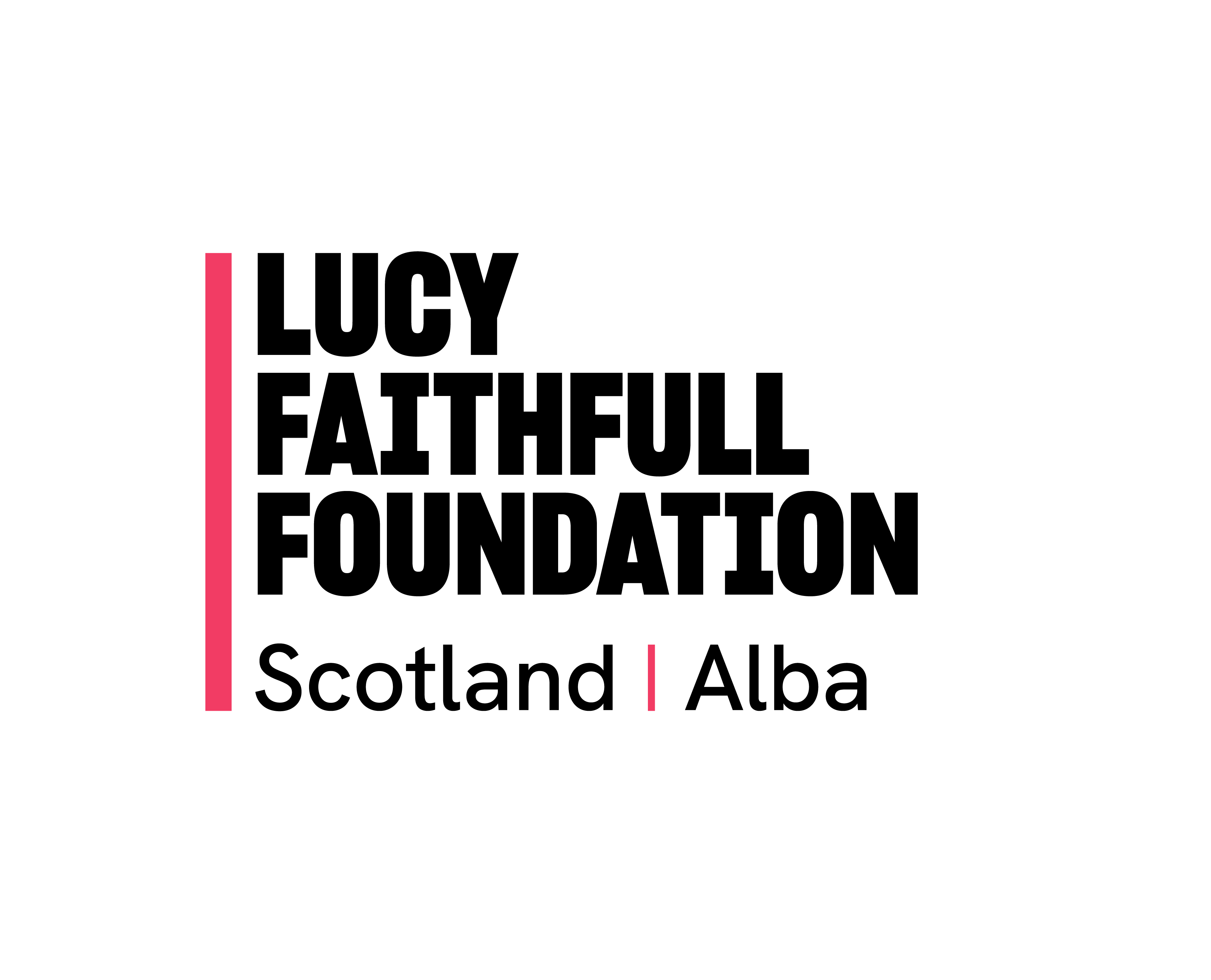EXIT
.png)
What is MAPPA?
MAPPA stands for Multi-Agency Public Protection Arrangements. It is a way that agencies such as the police, Criminal Justice Social Work and the Prison Service work together to protect the public. They do this by managing the risks posed by people convicted of violent and sexual offences living in the community.
Who is placed under MAPPA?
Category One – All people convicted of a sexual offence.
Category Two - This category is not used in Scotland.
Category Three – Other "risk of serious harm" offenders.
How will I know if I have been placed under MAPPA?
The Court is required to issue a certificate of conviction or finding and a notice of requirement to register.
Copies of both the certificate and the notice of requirement “must be copied to the police and also the relevant local authority, and must be attached to any extract warrant for imprisonment or detention in hospital.”
How will MAPPA work with me?
You will be placed in one of these risk levels:
Level 1 – Ordinary agency management is for people who can be managed by one or two agencies, such as the police, and will involve sharing information about the person with other agencies if necessary and appropriate. The vast majority of people are managed at this level, usually by a single police or probation officer, although it is the police who are ultimately responsible for managing those under MAPPA.
Level 2 – A local multi-agency management for people where the ongoing involvement of several agencies is needed to manage the person. Once at level 2 there will be regular multi-agency public protection (MAPPA) meetings about the person to develop a coordinated plan.
Level 3 – These are known as Multi-Agency Protection Panels and are aimed at those who are deemed to pose the highest risk of causing serious harm, or whose management is particularly problematic.
If I am under MAPPA, can the police or probation tell anyone else about it?
Yes - if the police and probation decide that they need to disclose your MAPPA status as part of public protection. If it is decided that your MAPPA status needs to be disclosed, you should be asked for your views about this, and your views must be considered.
Instances of disclosure can include:
- Where there are child protection concerns
- Where an individual is employed in work which affords them inappropriate access to children or vulnerable people
- Where an individual is a partner or potential partner and they may be subject to an abusive relationship
There are lawful routes to disclosure, including:
- The individual can self-disclose
- A Public Interest Disclosure can be made by police
- A disclosure can be made by social workers, in relation to protection of children and vulnerable adults
Source: 13. Disclosure - Multi-Agency Public Protection Arrangements (MAPPA): national guidance - gov.scot
Do I have a say in how this information is disclosed?
You may be asked to disclose the information yourself in person. This is known as self-disclosure and is often the preferred method.
“If circumstances allow, and without compromising public safety, public protection or the prevention of crime, the individual can be given the opportunity instead to disclose further information to the affected person or employer.”
You will be given a pre-agreed timescale in which to disclose to the identified person.
You may want to see our page on writing a letter of disclosure.
Source: 13. Disclosure - Multi-Agency Public Protection Arrangements (MAPPA): national guidance - gov.scot (www.gov.scot)
Can I object to the disclosure?
It is important to be aware that, for the information to be disclosed, the decision should be made at a more senior level than the officers who attend your home. It needs to be carefully considered to be sure that any potential disclosure meets the standard tests laid out in Article 6 of the Human Right Act 1998.
This means you need to ask yourself is it:
a) Necessary?
b) Proportionate in relation to the offence? (This means that it isn’t over the top)
c) Legitimate in aim? (This means that it has to have a purpose)
If it does not meet all three of these tests, then it cannot be reasonably be disclosed.
Should you want to challenge the threat of disclosure, then you are within your rights to ask for justification, in relation to the three tests above, from a senior officer.
Signposting
The following organisations offer support on this topic.






